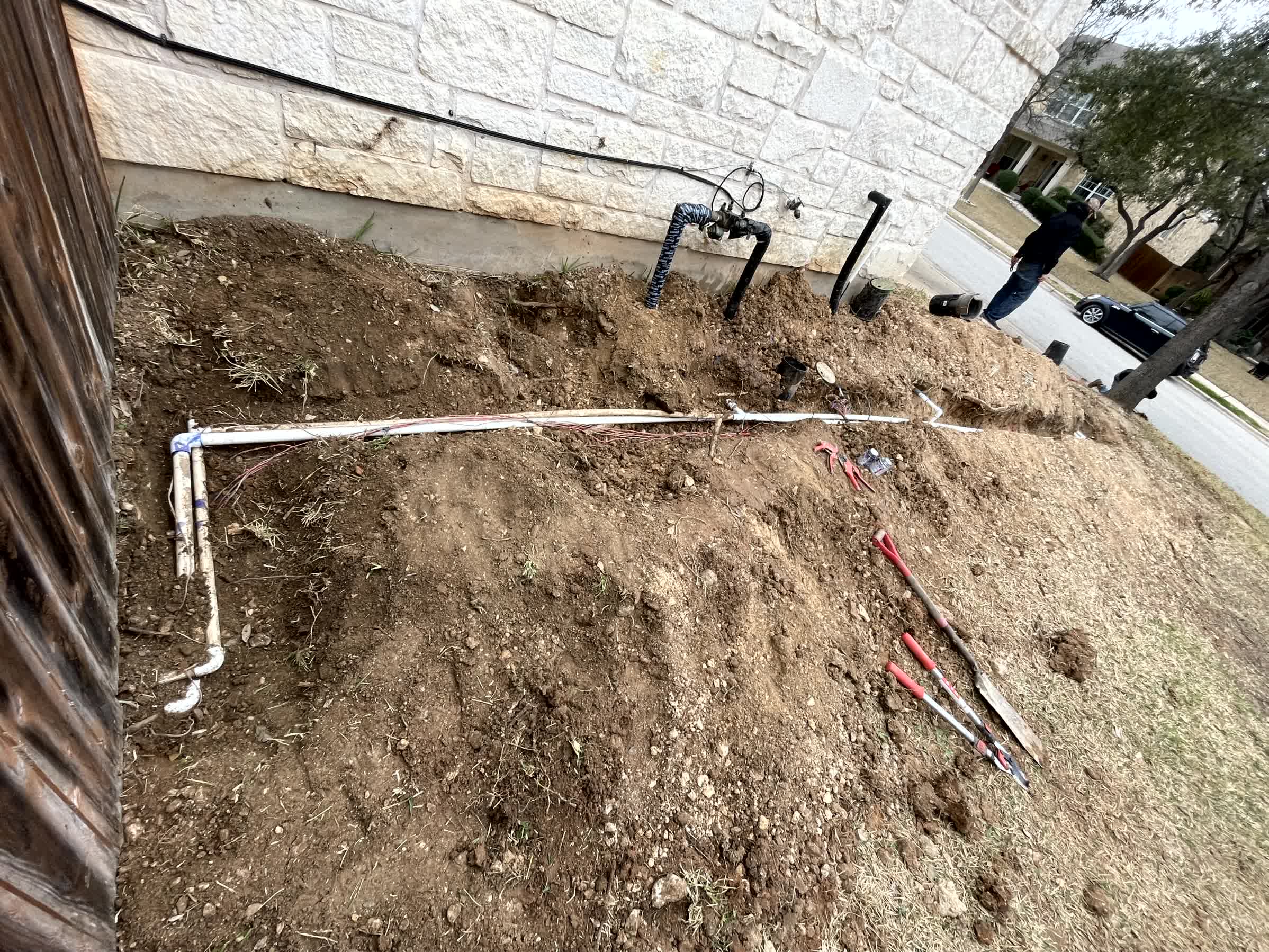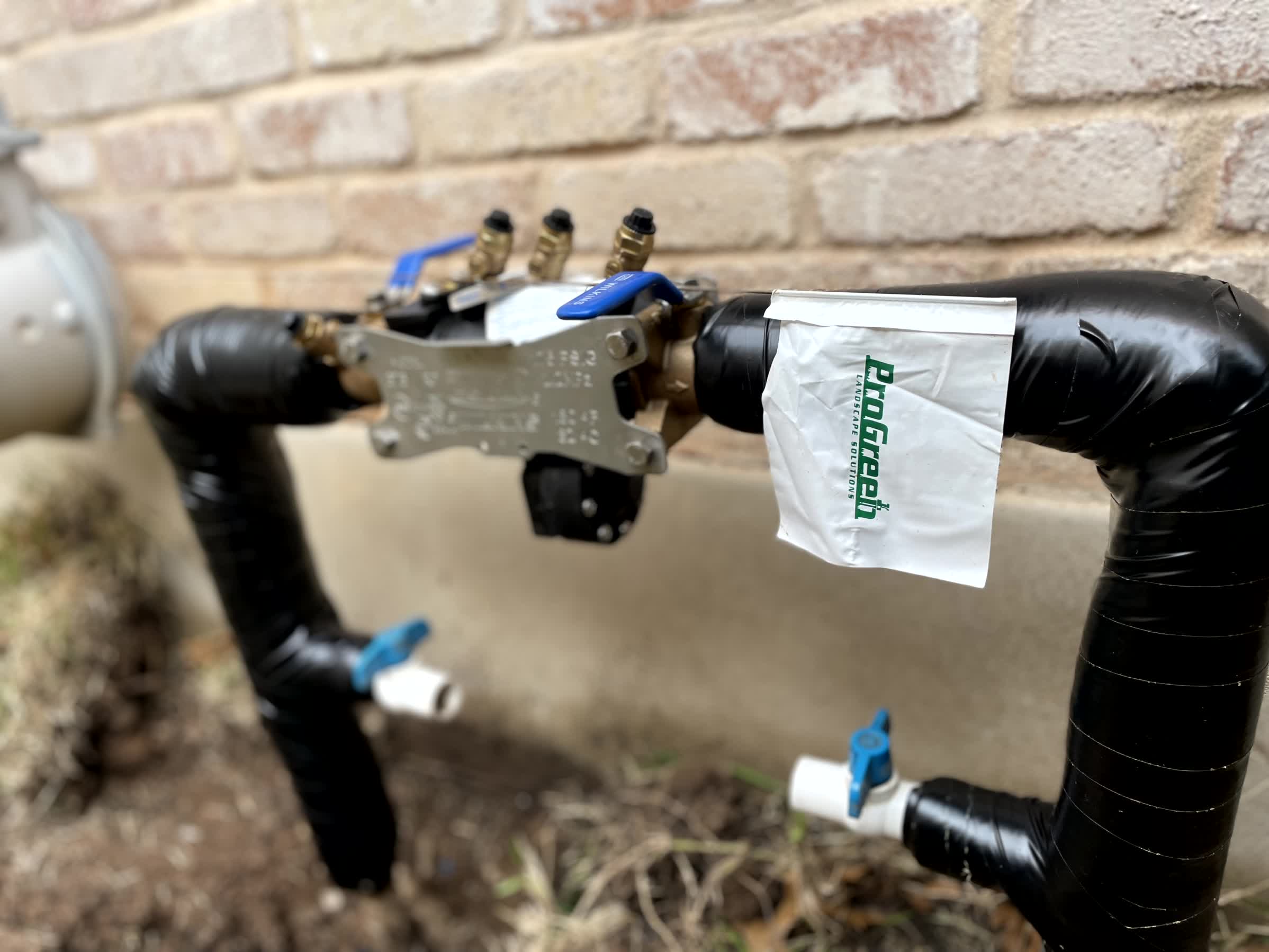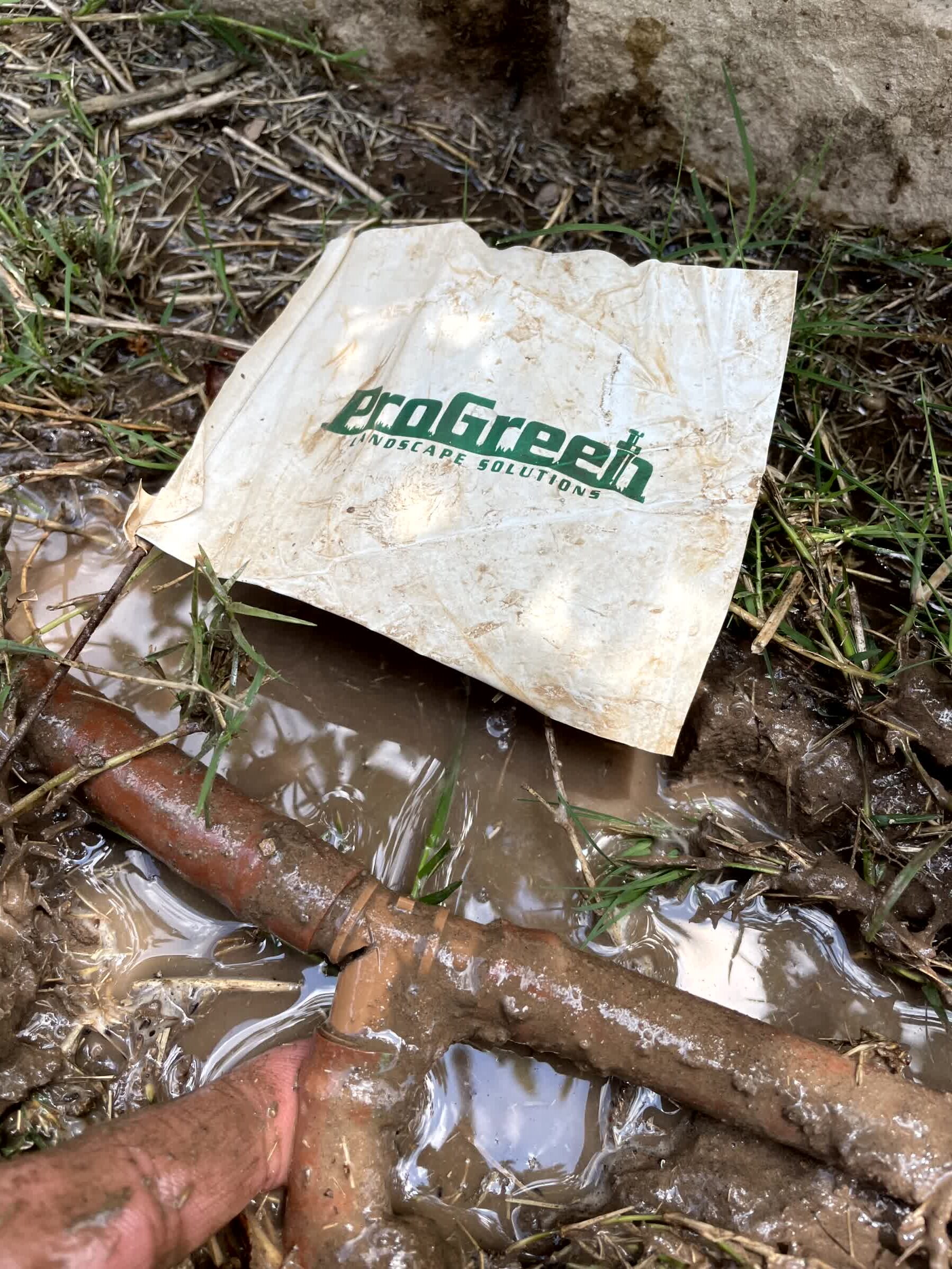Clog-Free, Leak-Free: Irrigation Tips That Work
Introduction: A smooth-running irrigation system can make the difference between a thriving landscape and one that’s constantly struggling. But even the best systems can fall victim to clogs and leaks if they’re not properly maintained. From underground line cracks to tiny debris buildup in your sprinkler heads, these issues can sneak up quickly and lead to wasted water, high utility bills, and unhealthy lawns. The good news is that a little knowledge and routine care can go a long way. In this guide, we’ll show you exactly how to keep your irrigation system clog-free, leak-free, and running at peak performance year-round.
Preventing Clogs in Your Irrigation System
Why Clogs Happen in the First Place
Clogs are one of the most common issues in irrigation systems, especially in areas with hard water or dirt-heavy environments. Small particles like sand, calcium deposits, or organic debris can enter the system and block emitters, drip lines, or sprinkler nozzles. Over time, this restricts water flow and causes uneven coverage, dry patches in your lawn, and even pressure buildup that could damage other components.
Water quality plays a major role in clog prevention. If your system pulls from a well, pond, or untreated source, your risk for clogs is much higher than if you’re using municipal water. That’s why filtration at the main line or zone level is crucial. Regular flushing of lines, especially drip irrigation systems, helps dislodge buildup before it becomes a blockage. Additionally, having the right type of nozzles and regularly inspecting them for sediment buildup can save you headaches down the line.
How to Maintain Clog-Free Sprinkler Heads and Emitters
Inspecting your sprinkler heads and drip emitters at least once every season helps catch early signs of clogging. If you notice weak spray patterns, off-target watering, or dry spots in specific zones, it’s likely that debris is the culprit. Turning off the system and removing the nozzle allows you to rinse out any trapped dirt. For stubborn blockages, soaking nozzles in a vinegar solution can help dissolve mineral buildup.
It’s also a good idea to check that your heads are installed properly and level with the soil. Heads that are tilted or buried can collect more debris and lead to faster clogging. Ensuring proper installation reduces water pooling and promotes smoother operation over time.

Avoiding Leaks in Irrigation Lines
Detecting Underground Leaks Early
Leaks in an irrigation system often start small but can lead to serious damage if ignored. Some signs include soggy patches in the yard, unusually high water bills, or decreased water pressure in a particular zone. Unlike clogs, which affect specific heads, leaks can waste gallons of water quietly underground, especially in PVC or polyethylene piping systems.
If you suspect a leak, isolate the zone and monitor for flow even when the system is off. Walking the area and listening for hissing or spotting air bubbles can help pinpoint the leak’s location. Once detected, small cracks or loose connections can often be repaired with couplers or clamps. Larger breaks may require pipe replacement, which is where calling in a professional might save you time and future frustration.
Protecting Valves, Fittings, and Connectors
Valves and connectors are critical parts of your system and often the source of slow leaks. These components are frequently exposed to water pressure changes, soil shifting, and temperature fluctuations. Inspecting these areas for signs of water weeping or damp soil can catch early-stage leaks. Replacing worn gaskets or tightening fittings is usually a quick fix but can prevent long-term water waste.
Backflow preventers, vacuum breakers, and pressure regulators should also be part of your inspection checklist. These components ensure safe, even water delivery and prevent contamination, but if they’re damaged or clogged, leaks are more likely to follow.

Keeping Your System in Tip-Top Shape Year-Round
Seasonal Maintenance for Longevity
To keep your system in top condition, it’s important to build a seasonal maintenance routine. In the spring, check for winter damage and flush out lines before turning the system on fully. Summer calls for mid-season adjustments to handle hotter temps and increased watering needs. Fall is the time to inspect for wear and prepare your system for winter by draining or blowing out water from the lines.
Smart controllers and sensors can make seasonal maintenance easier. By automating watering schedules and reacting to rain or soil moisture, these tools reduce overwatering and system stress, which can lead to leaks or clogs. Upgrading your system to include these smart features may cost a little more upfront, but it significantly reduces long-term maintenance and water usage.
Professional Inspections Can Catch What You Miss
Even with routine checks, some issues aren’t easy to spot. Scheduling a professional irrigation inspection once a year helps uncover hidden problems like buried leaks, malfunctioning valves, or pressure irregularities. Experts use specialized tools to assess the system’s flow rate, pressure, and overall performance. They can also identify areas where upgrades or replacements could improve efficiency and reliability.
Getting a second set of eyes on your system can make a huge difference in both water savings and equipment lifespan, especially for complex or older systems that require more oversight.

Conclusion:
Maintaining a clog-free, leak-free irrigation system doesn’t require a full-time effort—just a little consistency and care. Regular inspections, seasonal tune-ups, and smart upgrades keep your system flowing smoothly while saving you water and money. Whether you’re flushing lines, checking for leaks, or cleaning out nozzles, each small step adds up to a healthier lawn and a more efficient irrigation setup. With a proactive mindset, your system will deliver dependable performance season after season. Get in touch with us to learn more about your irrigation system and our Irrigation, Sprinkler Repair & Outdoor Living Spaces services.
SERVICE AREAS

"*" indicates required fields
Contact Your Local Experts
Pro Green Landscape Solutions is currently accepting new clients! If you're seeking excellence, you're in the right place. We want to understand your needs, so when reaching out, please include detailed information to ensure we can assist you promptly. Don't forget to mention a preferred contact time that suits you best.
Thank you for considering us. We eagerly await the opportunity to serve you and to make a positive impact.

"*" indicates required fields

